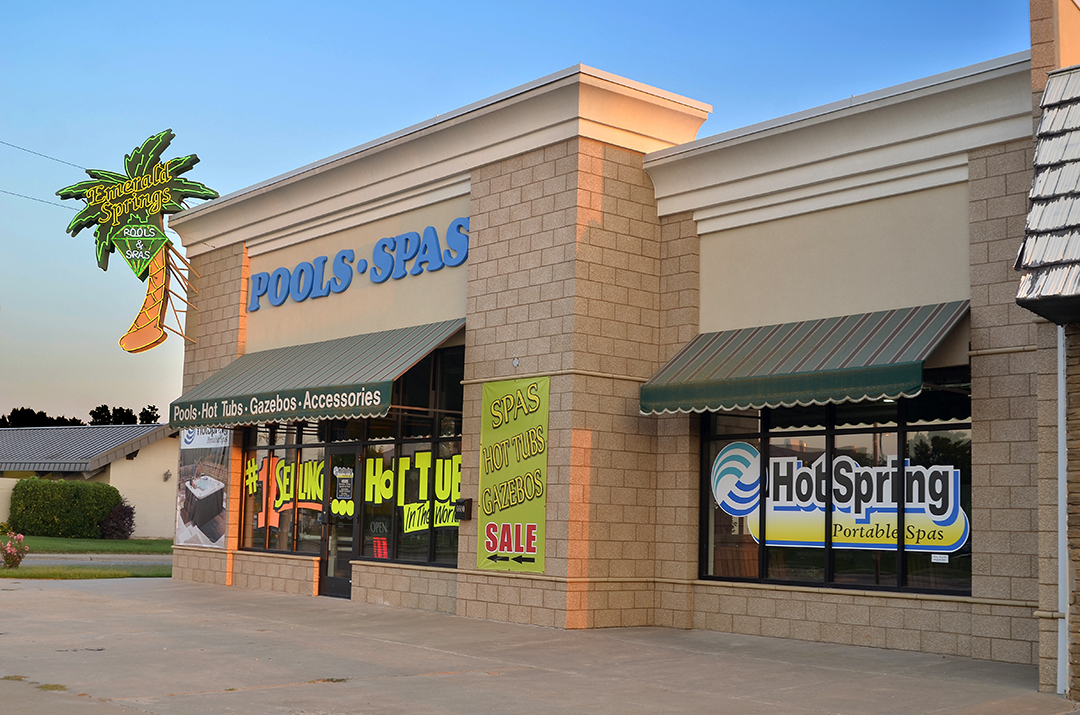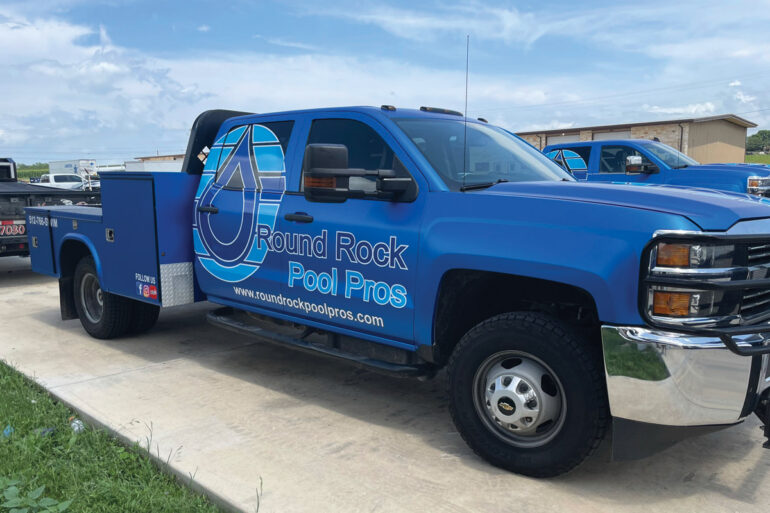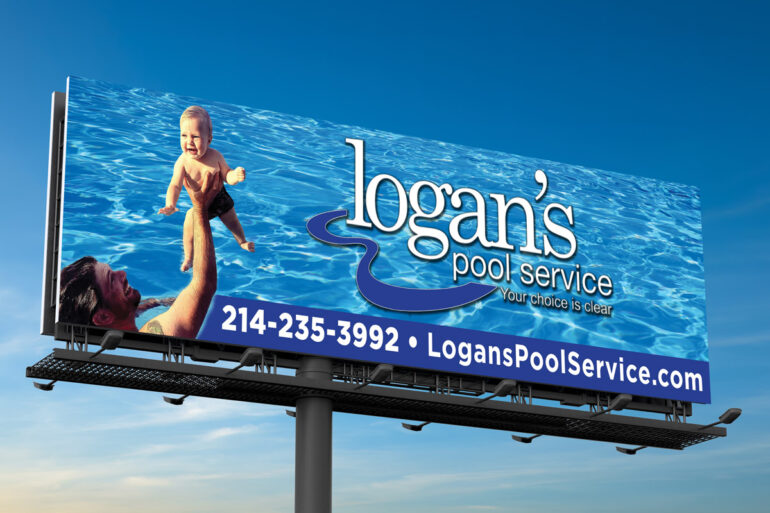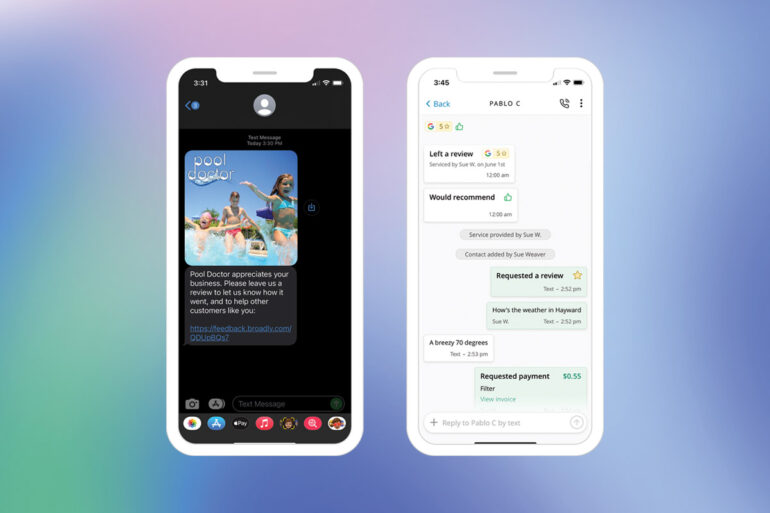Sign On

In May of 1971, Canadian rock group the Five Man Electrical Band hit the Top 40 with the song “Signs.” While the song lamented the use of signs to dictate societal behavior — remember, this was the flower-power days the early ’70s — signs help us stop our cars at intersections; locate the street we need; and lead customers to your business. The sign is a veritable workhorse, doing its job 24/7 in all kinds of weather.
Signs are also one of the simplest forms of advertising. Large-scale printing has become so wildly cost effective, it got us wondering about different ways signs could be used to graphically and effectively communicate to the pool public. But do signs really work?
Nelson James of Signs.com decided to answer this question himself, so he created a unique company website with its own dedicated web address and magnetic car signs, and placed them on his car, which he drove around Salt Lake City for a month.
“We had some decent traffic at the site,” James says. “Even though we’re a national company, I then placed a perforated sign on the back window of my vehicle for Signs.com; almost immediately, I had people coming up to me in parking lots who needed signs for their stores. For fixed location signage, Signs.com did a national survey and found 35 percent of passersby wouldn’t know they were standing in front of a business if it didn’t have a sign.”
With fixed-location signage, Todd Freeman of Beautiful Displays in Carbondale, Ill., suggests making proper use of your storefront window space with the right kind of graphic. “Some of the more common things you’ll see are adhesive window graphics commonly seen at fast-food restaurants and grocery stores,” Freeman says. “These are really like large stickers. A perforated piece of vinyl provides the signage you need, with the benefit of being able to see outside and let some daylight into a showroom.” Typically, 30 to 40 percent of these signs have the perforated holes, he says. “From the outside, the customer mainly perceives the graphic of the sign with your message.”
Freeman emphasizes adherence to local sign ordinances. In some municipalities, adhesives applied on the outside of a window are considered signage and fall under regulation, while those applied from the inside, generally speaking, do not. Consult a town council near you for details. Freeman also advises to keep your message short and bold: That sign, he says, only has two to three seconds of life as someone drives by.
“Art is what gets people’s attention,” says Mike Cooper of PerfectSigns.com in Hollister, Mo. “It’s the color, the image. If you can catch people’s eyeballs with the art presented on your sign, they’ll read the sign and look deeper to see what the message is about.”
Freeman also suggests temporary outdoor signage, which can be displayed during business hours and locked up after hours. He mentions feather flags, which stick in the ground and spin around on a pole. “They’re great,” he says, “because you can change the graphic for a spring pool sale in March, then change it for a different seasonal promotion down the road.” Another popular item, he says, are A-frame signs. These look like a letter A when unfolded and have a frame on both sides for interchangeable graphics.
Cooper says he is also seeing an uptick in lighted signs. He now carries rope light that looks like neon; it’s as flexible as plastic and is made with micro-RGB LED lights. It comes with a computer interface so the sign can be programmed like chaser lights — color morphing. It has 20 different programs, which he says “add amazing sign versatility.” Whether printed or lit, perforated or not, the options available to make your business stand out with signage are more varied than ever. Consult a sign professional to help you generate more customer traffic and business. You might say it’s the sign of the times.





